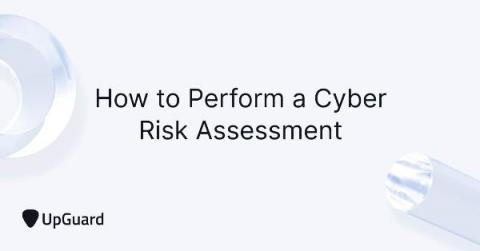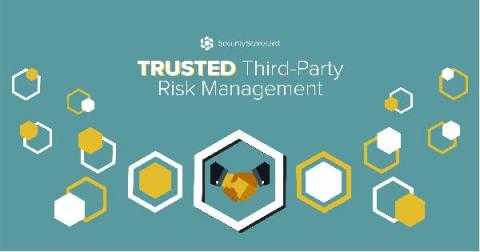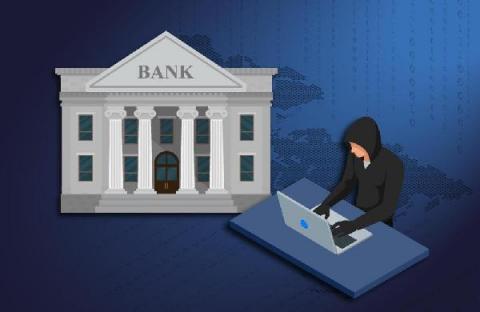5 Step Guide: How to Perform a Cyber Risk Analysis in 2021
No organization is impervious to cyberattacks. But what separates resilient businesses from data breach victims is superior risk management. Resilience is achieved through the meticulous calculation of all potential risks and the application of necessary control measures to mitigate them. In this post, we present a 4-step framework for a reliable risk management plan.





